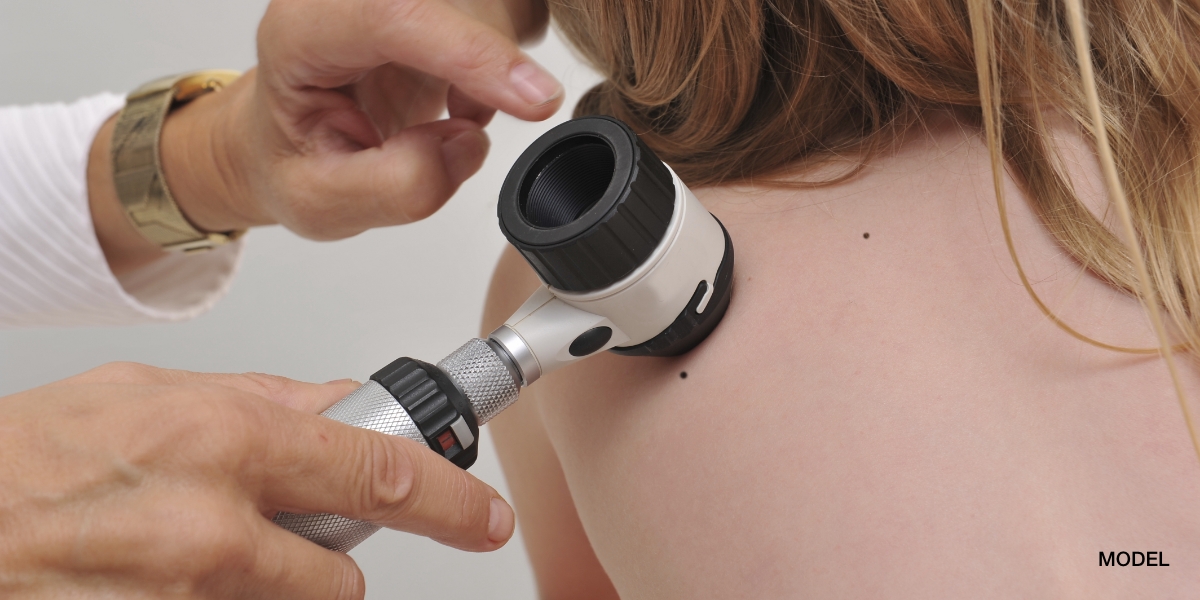Eczema, also called Atopic Dermatitis, is one of the most common skin conditions that I encounter in both my The Woodlands dermatology and Conroe dermatology offices. Eczema can occur at any age but is most common in young children. In children with Eczema, the disease is usually inherited as one or both parents may manifest this disease. Recent studies have found a defective gene that produces a substance called Fillagrin which does not function properly in patients with Eczema. Fillagrin is a protein that normally forms a “natural moisturizer” on the skin. Thus, children with Eczema need additional mositurizing creams and emollients to prevent their skin from becoming dry. As the skin loses its moisture and becomes scaly and dry, itchiness develops. Eczema has been termed “the itch that rashes” since as the skin is scratched or rubbed due to the itchy sensation, a rash forms. The rash appears as scaly red plaques and favors flexural areas of the body such as behind the knees and in front of the elbows. Patients with Eczema may also develop cutaneous hallmarks to the disease such as the Dennie-Morgan fold, which is an extra eyelid fold on the lower lid due to scratching the eyelids. Hertoghe’s sign is another clinical hallmark of Eczema in which patients have thinning of the lateral eyebrows. Some patients may develop “the headlight sign” in which they develop a white pallor around the nose, mouth and eyelids. White dermatographism is another feature in which the skin blanches when stroked with a blunt instrument. In severe cases, the entire body can become affected by Eczema. The more an Eczematous area becomes scratched, the thicker and itchier the Eczema plaque becomes. Infection can occur within the Eczematous areas due to breaks in the skin from scratching and this only worsens Eczema. Thus, the “itch-scratch” cycle must be broken. Adults can develop Eczema from either childhood Eczema not resolving and continuing into adulthood or external factors causing Eczema in patients without a genetic predisposition to this disease. In adults, factors such as living in an arid dry climate can cause Eczema or taking certain medicines such as the cholesterol lowering drugs which decrease the lipids in the skin. There are many myths about what exacerbates Eczema and it is unclear what roles such as allergens and foods play in this skin disease.






